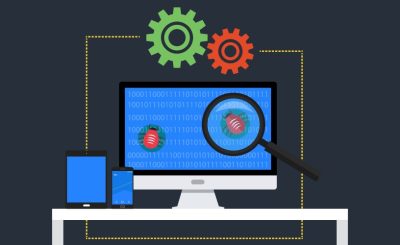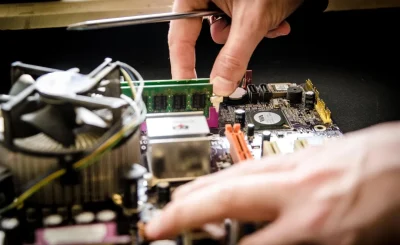Introduction
Payroll processing is a critical function for businesses of all sizes, ensuring employees are compensated accurately and on time. However, traditional payroll processes can be time-consuming and prone to errors. The advent of machine learning has paved the way for revolutionizing payroll processing, making it more efficient and accurate. In this article, we will examine the role of machine learning in streamlining payroll processes.
- Automated data entry
Machine learning algorithms can automate data entry tasks, eliminating the need for manual input of employee information, hours worked, and other payroll-related data. This reduces the risk of human errors and speeds up the payroll process.
- Time and attendance tracking
Machine learning can enhance time and attendance tracking by analyzing various data sources, such as time clocks, biometric systems, and employee schedules. These systems can detect discrepancies and ensure accurate recording of hours worked, even for remote or flexible work arrangements.
- Predictive analytics for workforce management
Machine learning models can predict workforce trends and fluctuations in labor demands. By analyzing historical data and external factors, such as holidays or seasonal variations, machine learning can help businesses optimize staffing levels and allocate resources efficiently.
- Tax compliance and reporting
Payroll tax compliance is a complex and constantly evolving task. Machine learning can automatically calculate payroll taxes based on federal, state, and local regulations, reducing the risk of errors and ensuring accurate tax reporting.
- Fraud detection
Machine learning algorithms can detect anomalies in payroll data that may indicate fraudulent activities, such as unauthorized changes to employee records or suspicious payment transactions. Early detection can help prevent payroll fraud and financial losses.
- Employee self-service portals
Machine learning-powered self-service portals allow employees to access and manage their payroll information, including pay stubs, tax forms, and direct deposit preferences. This reduces the administrative burden on hr and payroll departments.
- Adaptive payroll processing
Machine learning models can adapt to changes in payroll policies and regulations. As rules and regulations evolve, machine learning algorithms can be updated to ensure ongoing compliance and accuracy.
- Error detection and correction
Machine learning can identify discrepancies or inconsistencies in payroll data and automatically correct them. This proactive approach reduces payroll errors and minimizes the need for manual intervention.
- Integration with accounting systems
Seamless integration with accounting systems allows for real-time synchronization of payroll data with financial records. This ensures accurate financial reporting and eliminates the need for manual data transfers.
- Cost savings
By automating labor-intensive payroll processes, machine learning can significantly reduce the administrative costs associated with payroll processing. Businesses can allocate resources more efficiently and redirect personnel to higher-value tasks.
Conclusion
Machine learning is revolutionizing payroll processing by automating tasks, improving accuracy, and enhancing compliance. From data entry and time tracking to tax calculations and fraud detection, machine learning plays a pivotal role in streamlining payroll processes. As businesses embrace these technological advancements, they can expect more efficient, error-free, and cost-effective payroll management, ultimately benefiting both employees and the organization as a whole. The integration of machine learning in payroll processing is not just a technological upgrade but a strategic investment in optimizing one of the most critical functions in any business.








